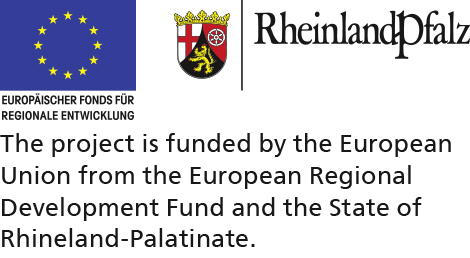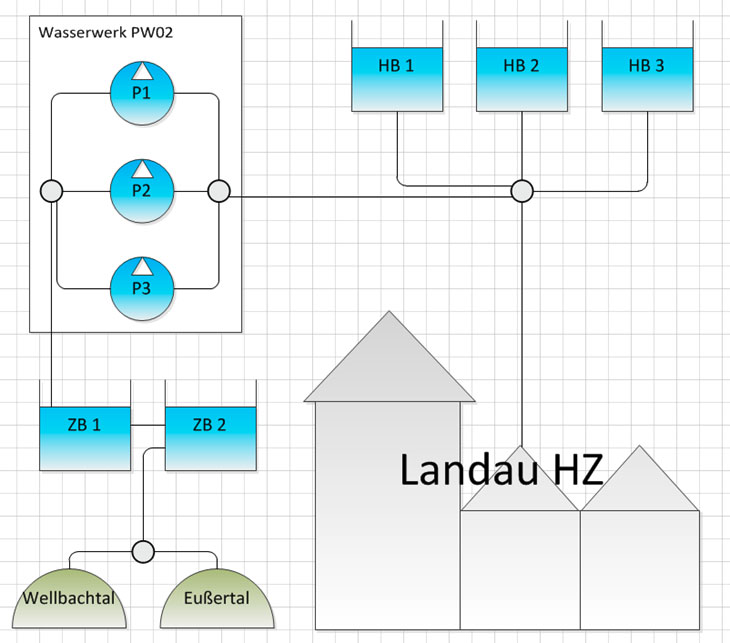In the project COpt2, we are building on the successful BMBF-funded project H2Opt with the aim of saving energy and costs in the operation and planning of drinking water supply. We simplify and improve the workflow of water supply companies and develop new ideas to prevent drinking water shortages. The focus is on the further development of the prototype, which has been successfully tested in Worms and demonstrated energy savings of roughly 30 percent. The challenge is the expansion to more complex drinking water networks.


